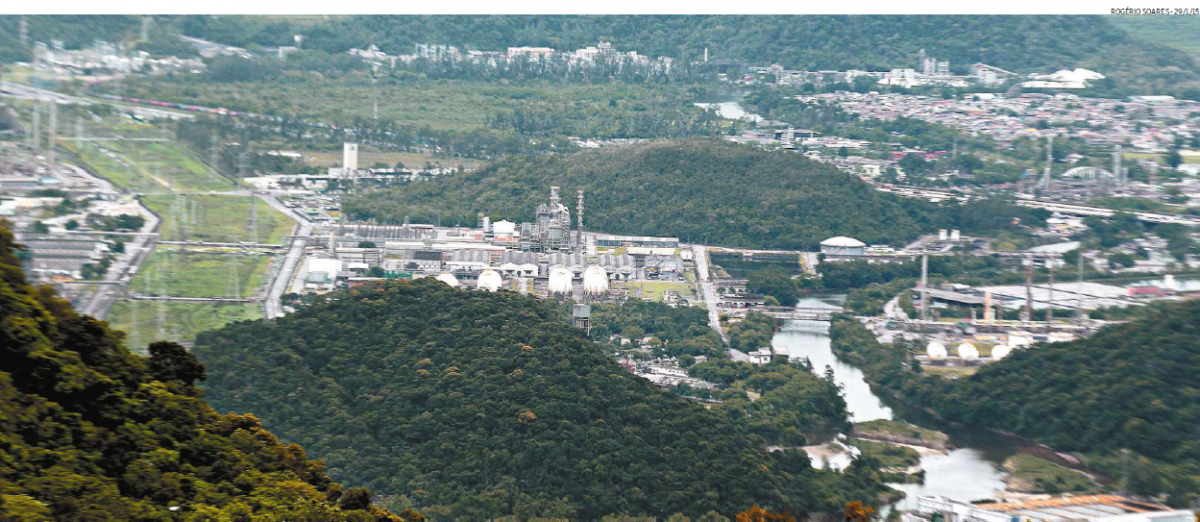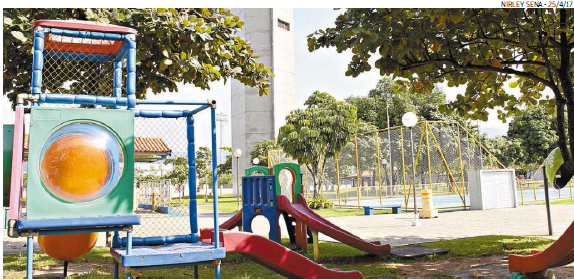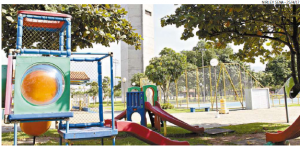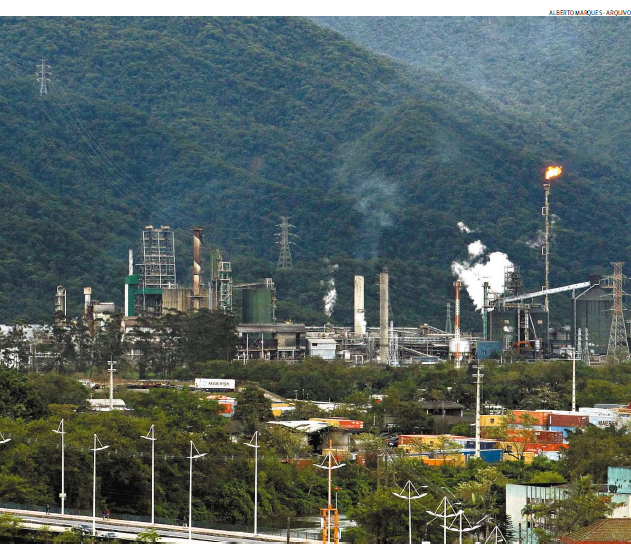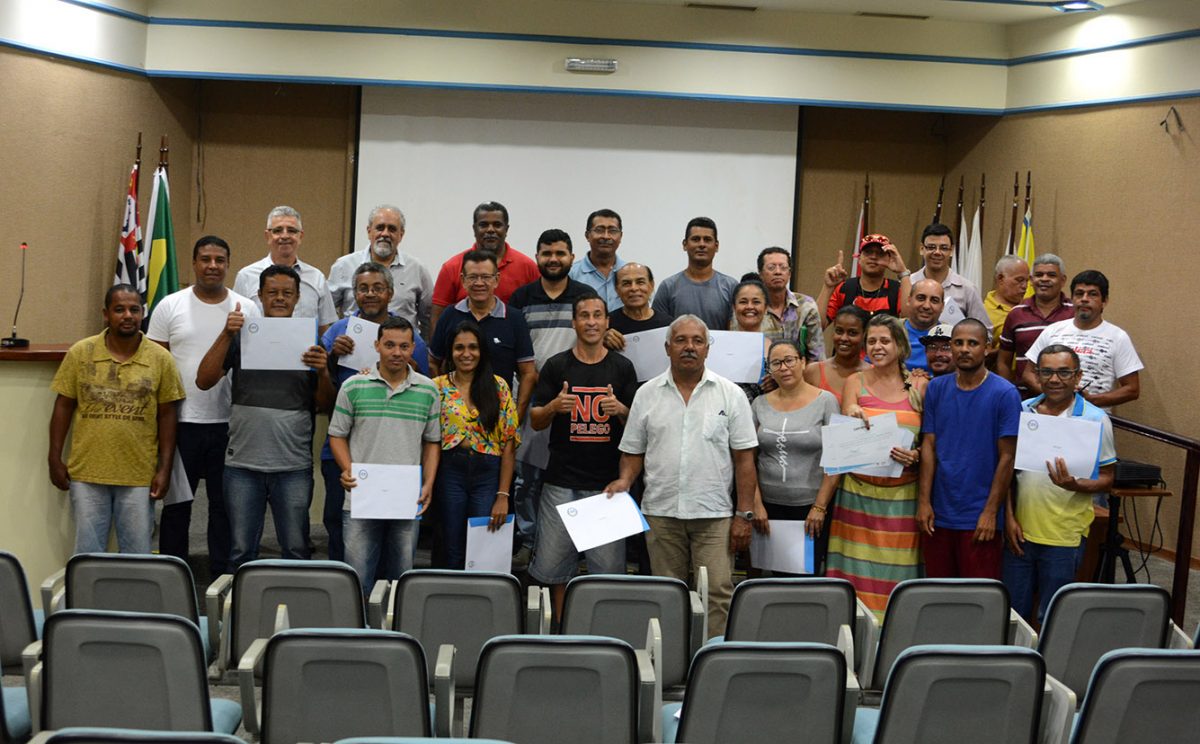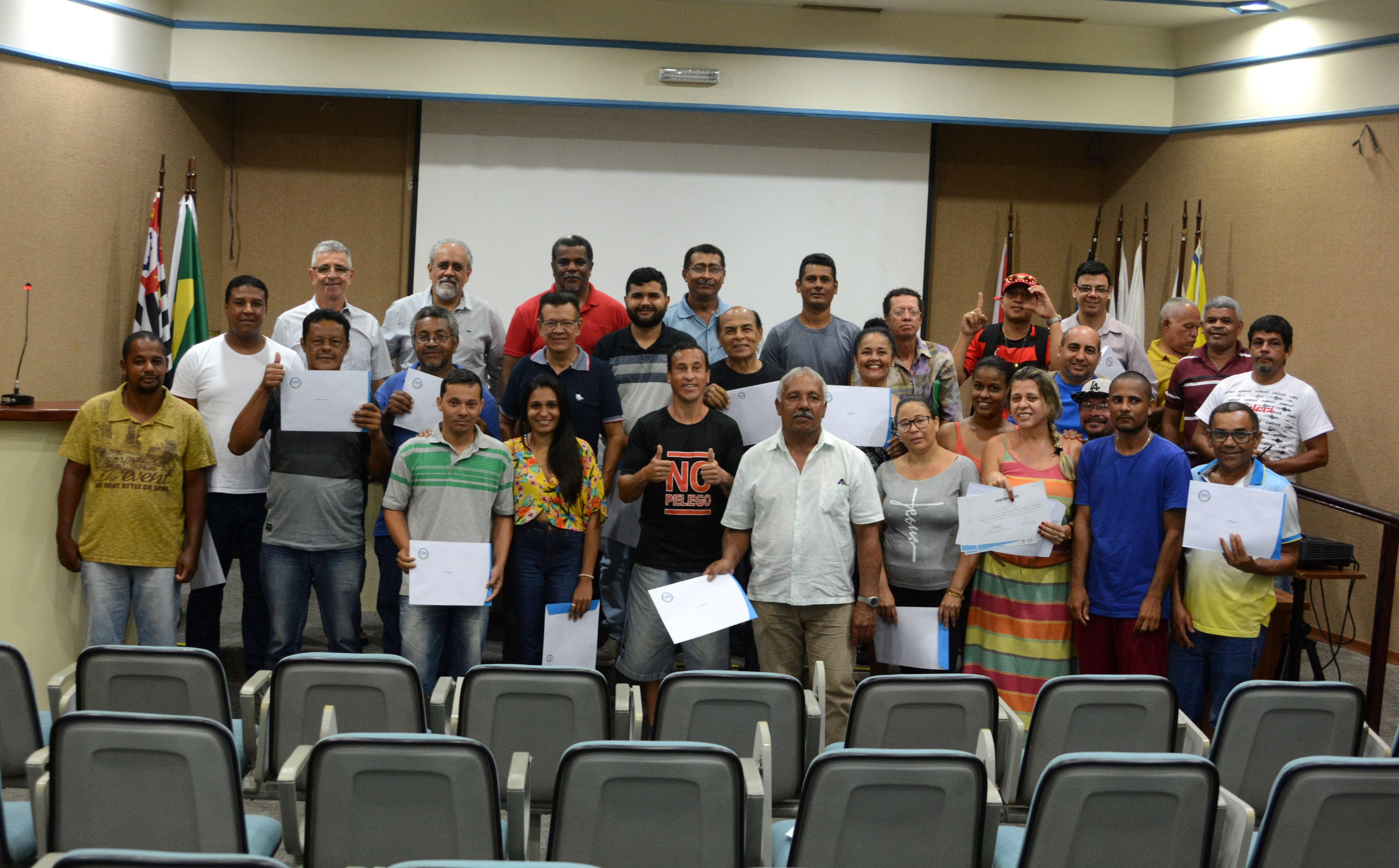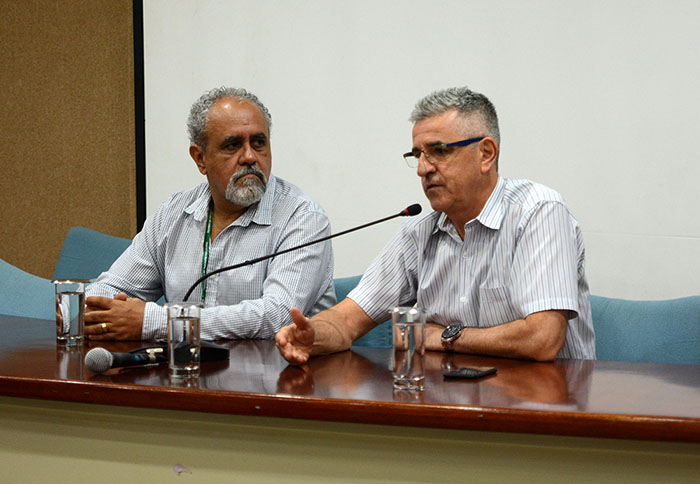Organization created by Cide and Ciesp Cubatão integrates companies, society and the public sector to point solutions to Cubatão

One of the trademarks of Polo de Cubatão is the integration between industries, the public sector and the population to point solutions to local development. The main means for this purpose is the Consultative Community Council (CCC).
The Council is made up of representatives from industry, government and communities. The aim of the CCC is to be the link between the pole and society.
The CCC is promoted by the Center for Integration and Development (Cide), with support from the Center of Industries of the State of São Paulo (Ciesp) – Cubatão Regional. The organization also has a Health, Safety and Environment professional and a Community Relations Officer in its coordination. The intention is to ensure that the positioning of the group is based on the point of view of these two areas of activity.
According to the Cide-Ciesp Cubatão, the actions and projects of the council are framed in four nuclei: education, training in employability; health, safety, environment and community projects, pillars inserted in the strategic planning of Agenda 21 (program to achieve quality of life goals in Cubatão).
According to Cide-Ciesp Cubatão, the format was defined to enhance the group’s actions.
Abiquim
The work proposal of the council is based on the Responsible Action Program of the Brazilian Chemical Industry Association (Abiquim).
Abiquim’s program acts with a voluntary commitment to continuous improvement in health, safety and the environment, identification of risks and preparation for emergency situations.
The Cide-Ciesp Cubatão affirms that the CCC of Cubatão has the recognition of Abiquim, with representation of the Commission of Dialogue with the Community, for adopting socio-environmental guidelines by the association.
The event brings together representatives of various CCCs from the Country, companies and authorities to discuss sustainable development issues in the communities involved.
Abiquim applies Responsible Action program
The Brazilian Chemical Industry Association (Abiquim) launched the Responsible Action Program in 1992. According to the entity, the initiative aims to support the chemical industry associated with it in the management of its activities in health, safety and the environment.
According to Abiquim, the program was inspired by Responsible Care, coordinated by then-president of Union Carbide of Brazil, Jean Daniel Peter.
After a year of analysis on the concept and content of the programs of the time, such as Canada and the United States, Abiquim developed its own initiative.
The option was the American model, with codes of management practices and better known in companies.
According to the Abiquim website, the continuity of the program represents the “commitment to sustainability” of Brazilian chemistry.
Projects
The Consultative Community Council executed two projects from 2017. One of them was the Project Development course, which qualified members of the communities and entities to raise funds and relationship with private initiative and public power.
Source: A Tribuna Newspaper

